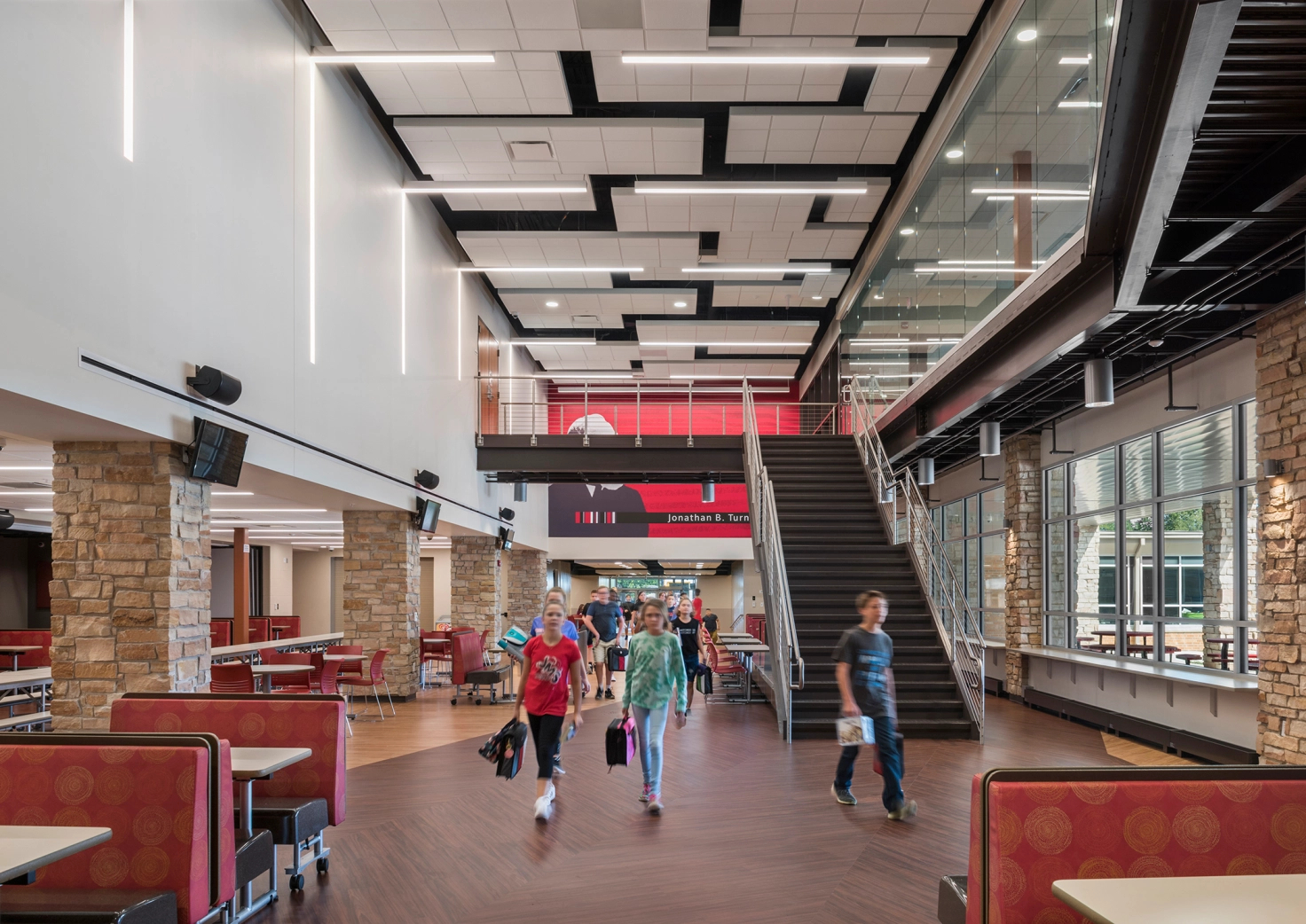I am as guilty as the next lighting designer. See my design above for proof.
Once upon a time, light indoors depended on light through windows or flames from candles, lamps and fires. The windows were automatically scheduled to turn on slowly in the morning and turn off slowly in the evening. They changed intensity every time a cloud passed by and moved constantly when the fluttering of leaves interrupted the sun. They dimmed on cloudy days and in the winter and came on strong in the summer.
Candles and oil lamps and fireplaces ran on automatic sequences that constantly varied intensity, added flickering when air moved and danced with the addition of a new log.
Light indoors changed all day and all night. Invariably. Play the video above to see what happens when spring sunlight comes in through a window.
Lighting Designers worked tirelessly for the last century to remove the change and variability and unpredictability from our indoor environments. We brought in electric light sources that allowed us to put up more blinds, curtains and shades and keep them down and closed more often. We brightened up our lighting so it did not matter if it was daytime or nighttime; we guaranteed the perfect light, all day and all night, without change.
Light indoors stopped changing and became invariable. Oops. Sorry about that.
We did a pretty good job disconnecting you from the environment. We helped your architects and builders build more square footage with fewer and smaller windows. We designed switches to have two settings to encourage you to just leave them on and made dimmers more expensive to keep them out of your hands. We praised mathematical accuracy of lighting calculations and deftly eliminated the need for your iris to flex and move.
When it comes to making your lighting constant, we nailed it.
(I think that phrase means we did a good job. I heard it in a Muppets movie.)
Recently we started learning about circadian rhythm and light’s pivotal role in our health. We started learning that we need change. We need the sun to come up and go down. We need brightness…and dimness and darkness and movement.

For the last 25 years I split my work between theater and architecture, and in theater we change lighting constantly. Now I will happily design a dynamic, changing indoor environment for you. I can mimic a sunset, shift intensity throughout the day and even install the slow shifting patterns of sunlight through spring branches. I can recommend systems that gently wake you in the morning and twinkle artificial stars at night. I’d love to bring change back into your life.
If I design a dynamic environment in which you can live and work I will have more fun and should make more money (if I ditch my new fixed-price strategy…why did I start that?!).
Or you could DIY a solution in one step* that takes less than five minutes:
Go outside. Out there, change is still the only constant.

*Okay, maybe not one step but however many steps it takes to get from where you are now to outside. And once you’re out there, why not keep walking?
